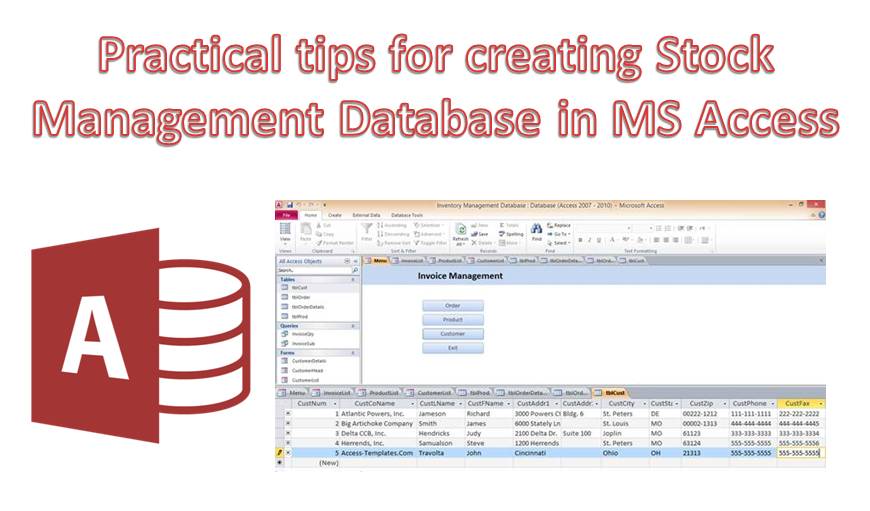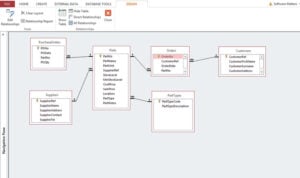In this article, we look at 6 practical tips that should be implemented when creating an MS Access Stock Management Database.
MS Access does not always have to be used for creating basic databases for data storage, they can also be used for creating database applications that not only store data but also perform calculations and give estimates. Along with giving warnings when there is a need to make changes. Till now you might have guessed what kind of databases we are hinting at. Stock Management Database is the database we are referring to, and here we will give you tips to create these databases so that they can work effectively and solve the purpose they have been created for.
1. Planning
The very first step that you take for any kind of operation is usually planning. Here you not only decide how to go about it and what all to do, but also the ultimate goal. When creating Stock Management Databases in MS Access you need to understand what exactly are you creating the database for? Once you are clear with the purpose, proceeding further will become easier. In this step you should consider the way your business functions, so that you can easily decide what exactly do you want the database to do and include.
2. Define required tables
Once you have decided the purpose of creating the database, you now have to decide what all information you like it to store and use. This information will then have to be put in the form of tables so that it can be used in the database we are creating.
3. Add fields to the tables
Now simply adding tables is also not enough, you also need to have fields in the table. These fields need to contain information relevant to the tables. The important thing to note here is that for all the fields that you add in the table, you also need to have a primary key, and no two fields can have a similar primary key. After you have added fields, also select the data type that they would be containing.
4. Create tables in MS Access
If you are creating your Stock Management Database from scratch and do not have any tables which already contain the data that you need to add in the database, then you should opt for creating these tables in first. Follow the steps for creating tables in MS Access and create all the tables you need. When creating tables you can also add fields in these tables.
5. Relationships

6. Create Predictive Queries
In a Stock Management Database you would also need a query that can give you updates as to when you need to order a product from a supplier, if there are any customers you need to collect money from, etc. These predictive queries play a crucial role in Stock Management Databases in MS Access.
If you are investing time and effort in creating a Stock Management application in Access, you would be concerned about the safety of the data stored in it. To avoid data loss in the event of a crash, do keep an Access repair tool handy.
Author Introduction:
Vivian Stevens is a data recovery expert in DataNumen, Inc., which is the world leader in data recovery technologies, including SQL Server repair and excel recovery software products. For more information visit www.datanumen.com